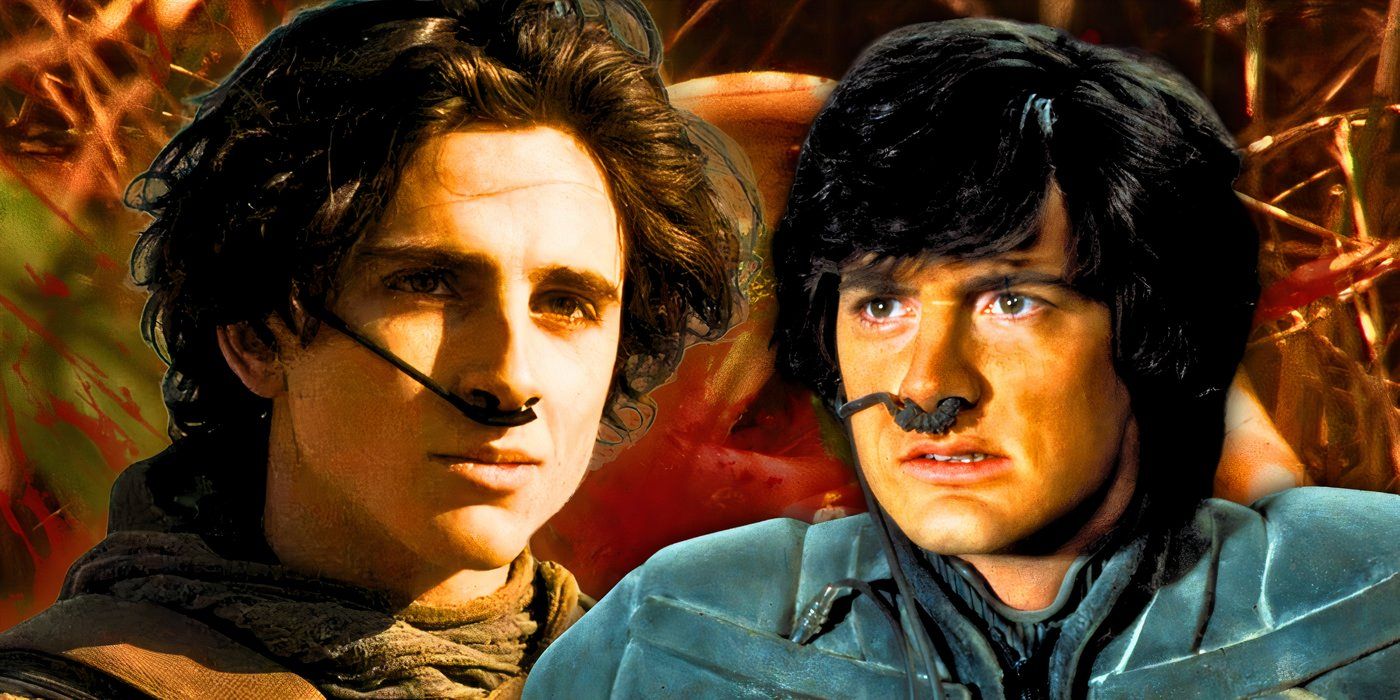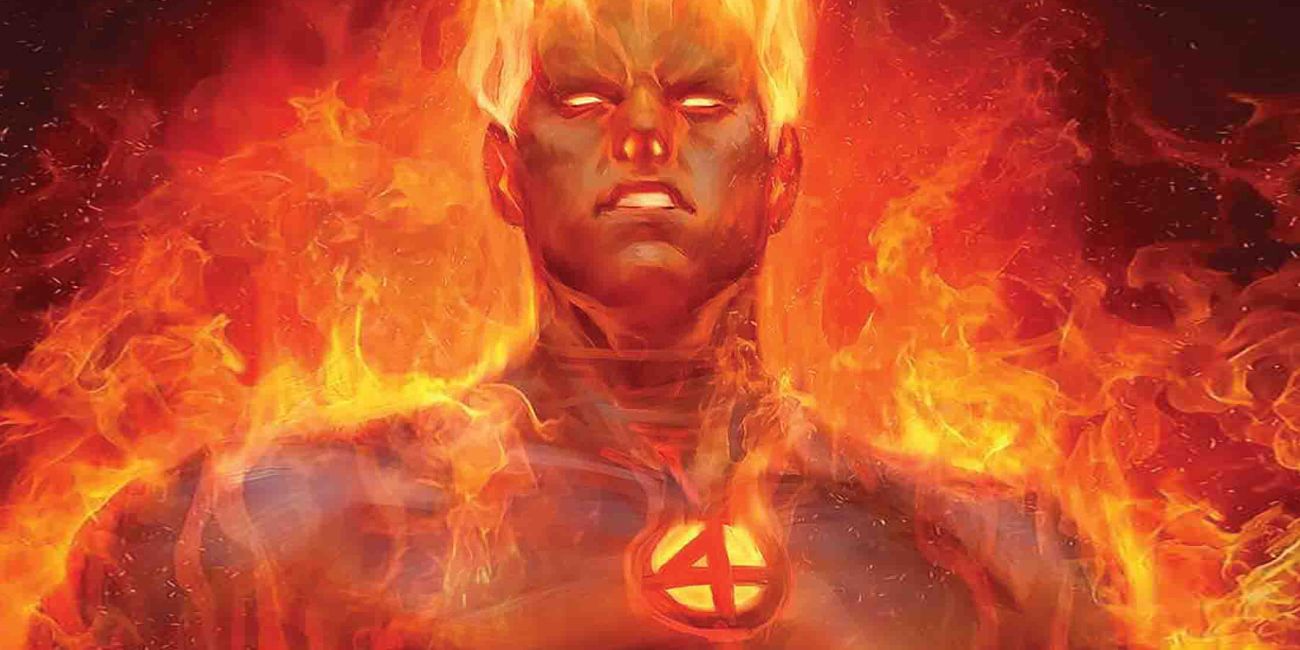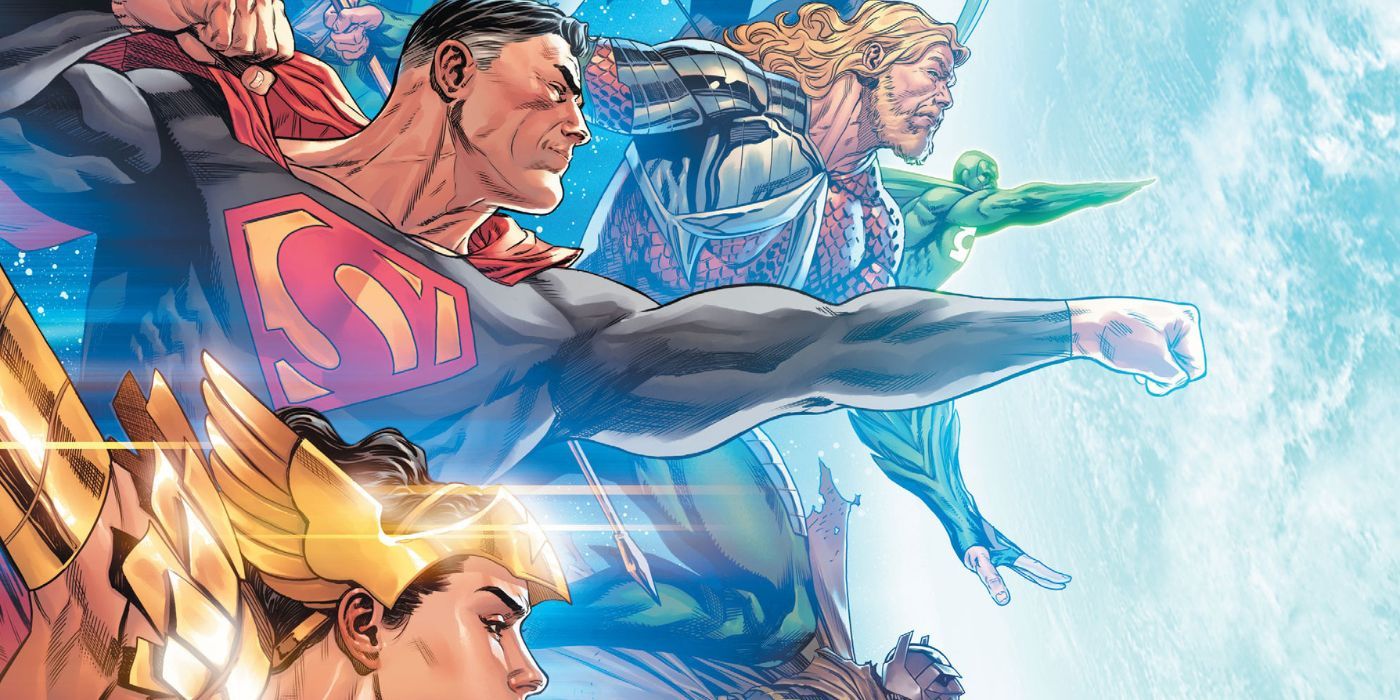1 Major Dune 2 Death Includes A Clever Nod To Original Paul Atreides Actor’s 38-Year-Old Horror Movie
Summary Dune: Part Two surpasses its predecessor in box office success, grossing $711 million worldwide.
The death of Baron Harkonnen pays tribute to David Lynch's Blue Velvet, symbolizing a shift of power.
Villeneuve's Dune adaptations honor Lynch's film, providing insight into what worked well and what didn't.
One key death in Dune: Part Two acknowledges the original Paul Atreides actor in a celebrated David Lynch movie. Before Denis Villeneuve brought his vision of the acclaimed Frank Herbert novel to the big screen, renowned director David Lynch became the first to try adapting the novel into a feature film. Kyle MacLaughlin, who starred in many of Lynch's classic works such as Twin Peaks and was recently in Amazon's Fallout, played the original onscreen version of Paul Atreides.
Dune: Part Two has become the highest-grossing movie of the year through the first half of 2024, and is exclusively available to stream on Max. The film has grossed roughly $711 million worldwide, which far surpassed the $407 million gross of Dune (2021). The 1984 adaptation of Dune directed by Lynch was made for $45 million but only brought in about $30 million at the worldwide box office. Even though the original Dune failed to turn a profit at the box office, Villenueve's Dune: Part Two still appears to acknowledge the film in one major way.
Your browser does not support the video tag.
Baron Harkonnen's Dune 2 Death References David Lynch & Kyle MacLachlan's Blue Velvet Movie
The baron's ear full of ants emulates the severed ear in Blue Velvet
Original SR Image by Shawn S. Lealos
The severed ear crawling with ants at the beginning of Blue Velvet kicks off the entire story, while the death of Baron Harkonnen in Dune: Part Two demonstrates a groundbreaking and revolutionary shift of power.
In Blue Velvet (1986), MacLachlan's character finds a severed ear crawling with ants, which is emulated in Dune: Part Two. Soon after Paul kills the Baron, who is shockingly revealed to be his grandfather, the camera zooms in on Baron Harkonnen's dead body to show his ear crawling with ants. This is a clear homage to a very similar iconic scene at the beginning of David Lynch's classic psychological thriller Blue Velvet, in which MacLachlan starred as Jeffrey Beaumont.
The severed ear crawling with ants at the beginning of Blue Velvet kicks off the entire story, while the death of Baron Harkonnen in Dune: Part Two demonstrates a groundbreaking and revolutionary shift of power. Both symbolize a massive change for the protagonists, as Timothée Chalamet's Paul Atreides ascends to the rank of Emperor of his own volition following the Baron's death. MacLaughlin was the original onscreen Paul in Lynch's 1984 adaptation, which received much more negative criticism than Denis Villeneuve's modern Dune films.
Related Dune Shouldn't Have A Part 3 – But A Sequel Still Needs To Happen The third installment in the Dune trilogy is needed to tie off important arcs and give viewers a satisfying ending, but the title is misleading.
Dune 2's David Lynch Nod Is A Great Way To Pay Tribute To The Original 1984 Dune Movie
Villeneuve was inspired by Lynch's film to make a more complete adaption
Close
While the 1984 Dune movie isn't remembered too fondly, Villeneuve still finds ways to honor Lynch and MacLachlan with his new adaptations. Villeneuve spoke on Lynch's adaptation with NPR: "David Lynch has a very strong identity as a filmmaker, of course, and it bled into the — it’s a fantastic interpretation of the book. But there were some choices that were made that was very far away from my sensibility. Because I didn’t feel that he captured some of the essence of, specifically, the Fremen culture — I felt that there was some things that were missing.” While it's evident that Villenueve's Dune adaptations are bonafide successes, the original film provided a landscape for what worked well and what could be left behind.











COMMENTS